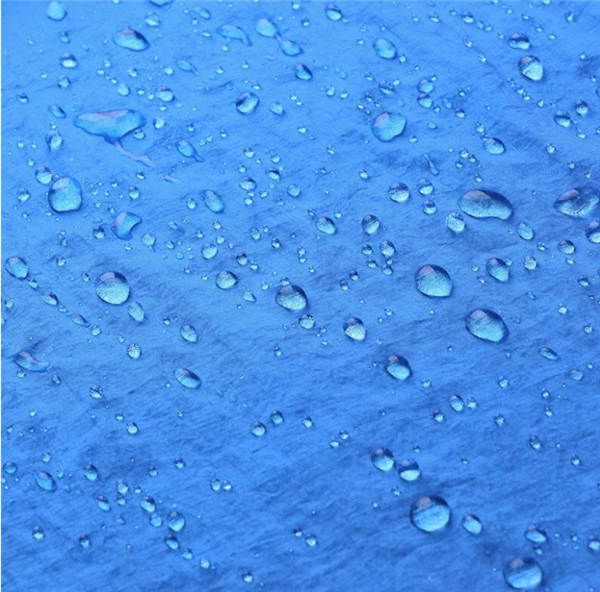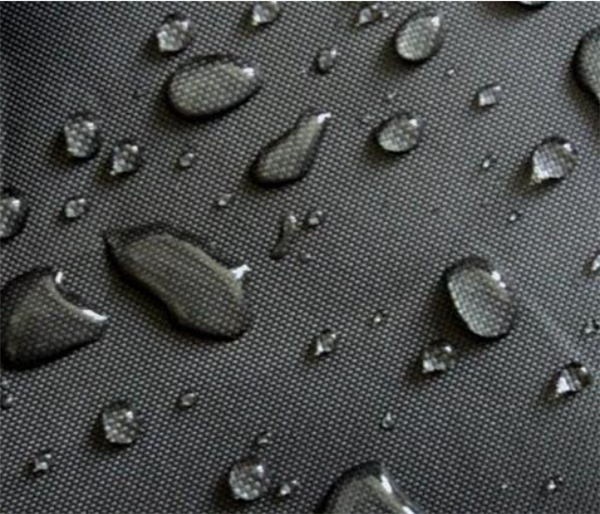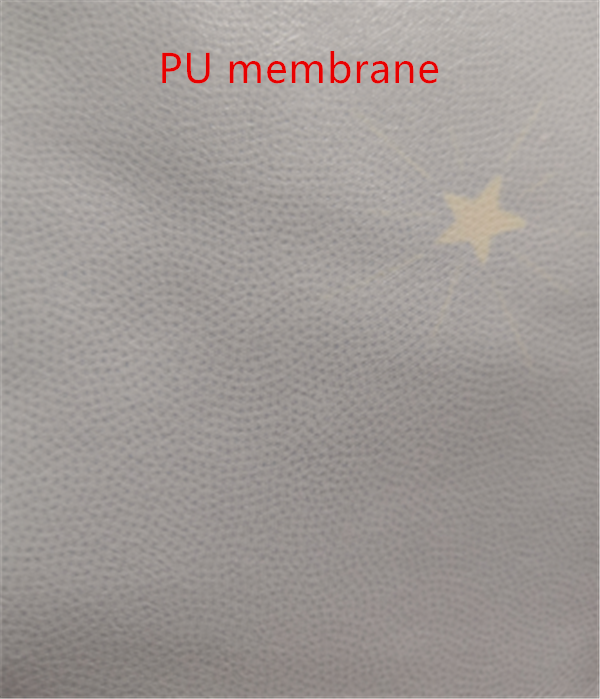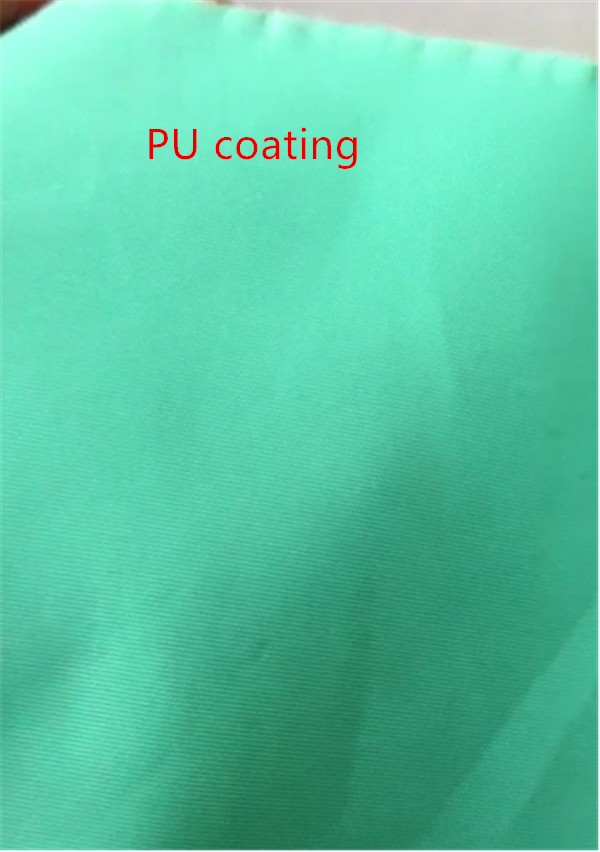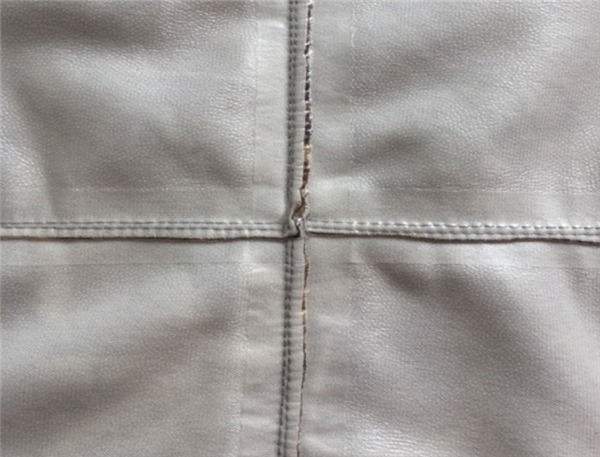W/R is the abbreviation for water repellent. W/P is an abbreviation for waterproof.
Water repellent is usually added with a waterproofing agent when the fabric is shaped. After the fabric is dried, a hydrophobic film will be formed on the surface of the fabric. In this way, water droplets will not easily penetrate into the fabric surface. Water droplets are formed on the surface (like a lotus leaf).
This kind of water repellent is not really waterproof, and the water will still seep into the fabric if it stays on the surface of the fabric for a long time. Moreover, W/R treated fabrics will lose their water repellent effect due to washing and long-term use. Water-repellent water does not have a water pressure indicator, so a little bit of pressure will cause the fabric to seep water. This kind of water repellent is the most widely used waterproof method on the market. To be precise, it should be called rejection of water finishing. The principle is to add a water-repellent during the setting process after the dyeing is completed to make the hydrophilicity of the fiber surface become hydrophobic, so that the fabric is breathable and not easily wetted by water.
The most famous environmentally friendly water repellent is Bionic finishing, the hangtag is as follows:
Waterproof generally refers to making a rubber bottom on the bottom of the fabric. There are two types: coating and membrane. Coating is often referred to as pu clear/white coating, and membrane is a composite layer of waterproof material behind. This is the real waterproof. Generally, the surface of waterproof fabric is divided into W/R and non-W/R.
Of course, W/R+W/P is better than pure W/R or W/P. Waterproof garments usually have seam taping (a piece of waterproof tape is ironed at the seam inside the garments) for better waterproof.
Post time: Apr-12-2021

